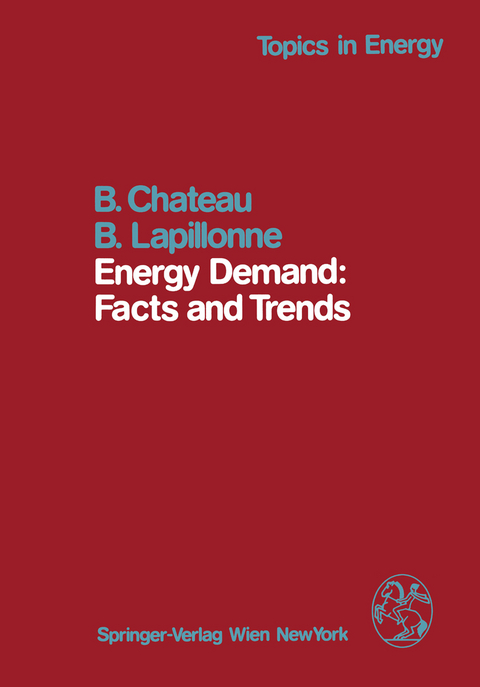
Energy Demand: Facts and Trends
Springer Wien (Verlag)
978-3-7091-8641-1 (ISBN)
I. The Analysis of Energy Demand: An Overview.- 1. Concepts and Methods.- 2. The Role of Prices.- II. Energy Demand in the Residential and Tertkiy Sector.- 1. Historical Survey.- 2. Long-Term Prospects.- III. Energy Demand in the Transport Sector.- 1. Historical Survey.- 2. Passenger Transport.- 3. Freight Transport.- 4. Long-Term Prospects.- IV. Eneigy Demand in the Industrial Sector.- 1. Historical Survey.- 2. The Future Prospects.- 3. The Steel Industry.- 4. The Cement Industry.- V. Forecasting Methods and Models.- 1. General Considerations on Energy Modelling.- 2. The MEDEE Approach: An Example of a Phenomenological Method.- Conclusion: Prospects and Scenarios.- Socio-Economic Development and Energy Demand.- Technology and Energy.- Scenarios.- Energy Policy and Economic Development.- Appendix 1: Data on the Residential and Tertiary Sector.- Appendix 2: Data on the Transportation Sector.- Appendix 3: Data on the Industrial Sector.- References.
| Erscheint lt. Verlag | 31.12.2011 |
|---|---|
| Reihe/Serie | Topics in Energy |
| Zusatzinfo | XV, 280 p. |
| Verlagsort | Vienna |
| Sprache | englisch |
| Maße | 170 x 244 mm |
| Gewicht | 520 g |
| Themenwelt | Naturwissenschaften ► Biologie ► Ökologie / Naturschutz |
| Technik ► Elektrotechnik / Energietechnik | |
| Wirtschaft ► Betriebswirtschaft / Management | |
| Schlagworte | economy • Energiebedarf • Energiepolitik • Energy • Energy Policy • Industrieländer /Öffentliche Aufgaben, Gemeinwirts • Industrieländer /Öffentliche Aufgaben, Gemeinwirtschaft • Prognose (Volkswirtsch.) |
| ISBN-10 | 3-7091-8641-2 / 3709186412 |
| ISBN-13 | 978-3-7091-8641-1 / 9783709186411 |
| Zustand | Neuware |
| Haben Sie eine Frage zum Produkt? |
aus dem Bereich


